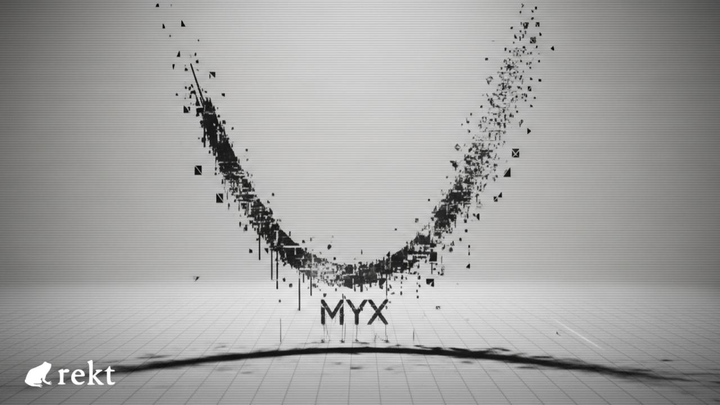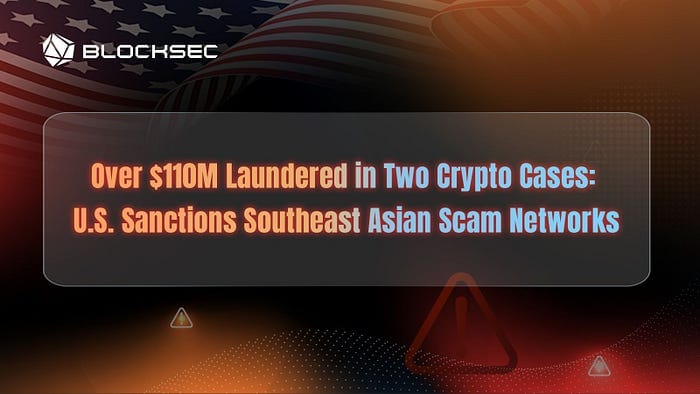DeFi’s Death Sentence: How U.S. Treasury is Using Code to Kill Financial Freedom

Source: rekt.news - A Fork in the Code
Treasury’s Quiet Blueprint to End Permissionless Finance
The U.S. Treasury is proposing new regulations that could fundamentally change how DeFi works-turning permissionless protocols into identity-checked financial rails. Hidden within dense bureaucratic language about “portable digital identity credentials” and “innovative compliance tools” is a plan that could force smart contracts to verify government-issued IDs or biometrics before letting users trade.
What’s at stake? Every DeFi interaction may soon require digital proof that you’re a compliant American, registered in official databases and cleared for financial activity. This goes beyond traditional KYC (“Know Your Customer”) and approaches “Know Your Citizen.” And technically, many protocols already hold the admin keys that would enable such controls instantly.
Existing Technology Makes Control Possible Today
This isn’t science fiction-it’s already happening:
- Protocols like USDC have admin functions to blacklist addresses and lock funds indefinitely.
- JPMorgan’s JPMD token and other institutional DeFi projects incorporate access controls that gate trading to approved participants.
- Common smart contract patterns include whitelist mappings and upgrade mechanisms that can add identity checks.
In practice, DeFi’s “admin keys” mean these compliance frameworks could be activated with a simple governance vote, making what was meant to be decentralized finance effectively permissioned and surveilled.
The Zero-Knowledge Dilemma: Privacy with Backdoors
Innovations like zero-knowledge proofs promised privacy-preserving compliance-users could prove they aren’t on sanction lists without revealing sensitive info. But government demands introduce “involuntary selective de-anonymization”: gatekeepers hold keys to decrypt identities when legally required.
This mathematical backdoor means privacy only lasts until government authorities decide otherwise-turning supposed privacy solutions into surveillance tools.
Two Futures for DeFi
1. Compliance and Control
- DeFi becomes fully regulated and identity-verified.
- Institutional capital floods in; mainstream adoption accelerates.
- Financial rails rebuild on blockchain, but with strict government guardrails.
- Everyone’s wallet connects to a social security number.
2. The Great Fork
- Developers fork major protocols to remove identity gates.
- “Clean” DeFi faces fragmented liquidity and higher risk.
- Institutional money stays on the regulated side; the cypherpunk vision survives underground.
- A digital cat-and-mouse game of decentralized services vs enforcement.
What May Be Lost
- Financial privacy vanishes. Every transaction permanently linked to real-world identity.
- Billions without official documents get excluded from DeFi altogether.
- Developers face red tape, innovation slows, and protocols become slow, bureaucratic “DMV DeFi.”
- The idea of permissionless, immutable finance fades as admin keys and kill switches prove true power holders.
Why It Matters Now
Treasury’s comment period closes soon, and the infrastructure to impose these controls is already live in many protocols. This is the moment when DeFi’s fate could shift forever-not just in the U.S., but globally, as other governments adopt similar playbooks.
What You Can Do
- Developers: Fork protocols and build alternatives before compliance cages shut down optionality.
- Token holders: Watch governance votes closely; your tokens may vote on identity requirements soon.
- Users & community: Raise awareness about what permissionless finance truly means and why identity gates kill innovation.
October 17th may mark the end of DeFi as we know it in the U.S. unless the community pushes back before then. The choice is between preserving financial sovereignty or watching it be quietly dismantled.


